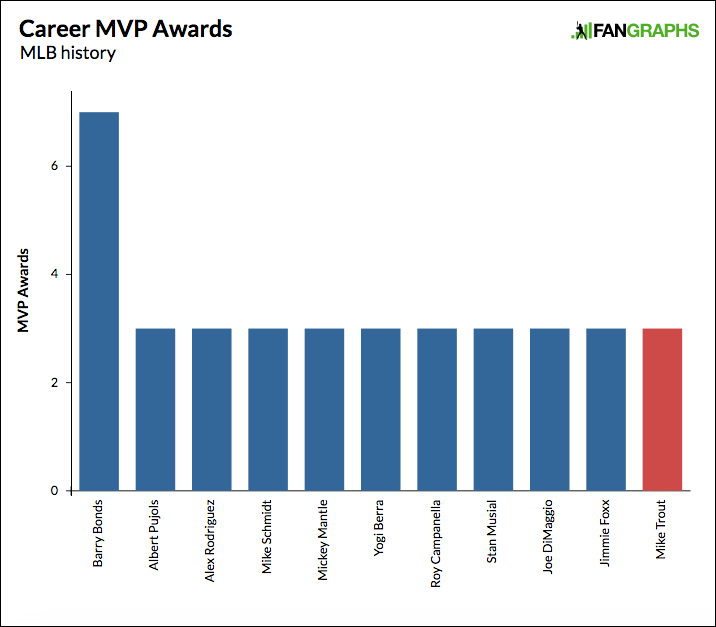Underappreciated in His Time, Dwight Evans Deserves Hall of Fame Consideration
This post is part of a series concerning the 2020 Modern Baseball Era Committee ballot, covering executives and long-retired players whose candidacies will be voted upon at the Winter Meetings in San Diego on December 8. For an introduction to JAWS, see here. Several profiles in this series are adapted from work previously published at SI.com, Baseball Prospectus, and Futility Infielder. All WAR figures refer to the Baseball-Reference version unless otherwise indicated.
| Player | Career WAR | Peak WAR | JAWS |
|---|---|---|---|
| Dwight Evans | 67.1 | 37.3 | 52.2 |
| Avg. HOF RF | 71.5 | 42.1 | 56.8 |
| H | HR | AVG/OBP/SLG | OPS+ |
| 2,446 | 385 | .272/.370/.470 | 127 |
An underappreciated cornerstone of Boston’s 1970s and 80s contenders, Dwight Evans reached the majors two years ahead of outfield mates Fred Lynn and Jim Rice, both of whom would win MVP awards and spend far more time in the limelight. Durable and defensively adept — traits that pair could rarely combine — Evans outlasted both, spending the first 19 of his 20 seasons (1972-91) with the Red Sox while helping the team to four division titles and two pennants. Though merely an above-average hitter in the first half of his career, “Dewey” developed into a dependable slugger with a keen batting eye, totaling 11 seasons with at least 20 homers and six seasons with at least 90 walks, three of which led the league. An outstanding defender as well, he combined excellent range with a cannon-like arm while playing Fenway Park’s difficult, oddly configured right field.
While Evans won eight Gold Gloves, further recognition was harder to come by. He made just three All-Star teams and never got a first-place vote for MVP, let alone win one (he did have third- and fourth-place finishes). Bill James rated him as the game’s top right fielder in his 1982 and ’83 Baseball Abstracts, but had advanced statistics been more pervasive, Evans’ high on-base percentages and defensive value would have generated greater appreciation. Eight times he was worth at least 4.0 WAR, and at his best in 1981-82, he was one of the game’s five most valuable players. Yet when he became eligible for election to the Hall of Fame, he lasted just three years on the BBWAA ballot, topping 10% only in 1998, his second year of eligibility. Bypassed for both the 2014 Expansion Era Committee ballot and the ’18 Modern Baseball Era Committee ballot, he’s finally getting another chance in front of the voters. Read the rest of this entry »


